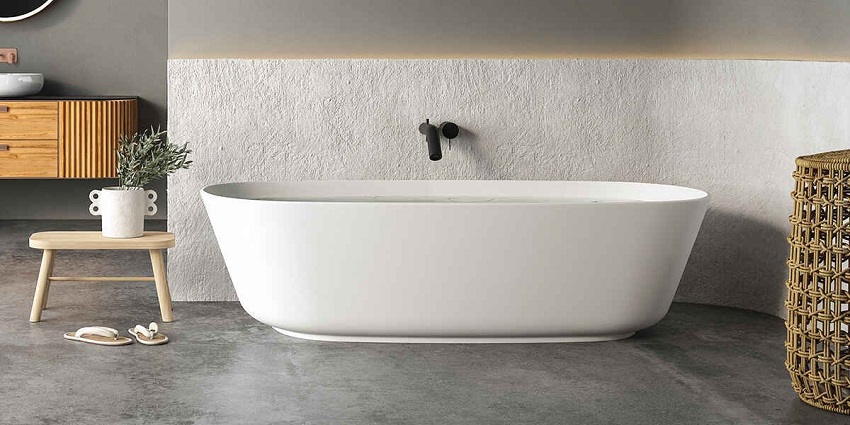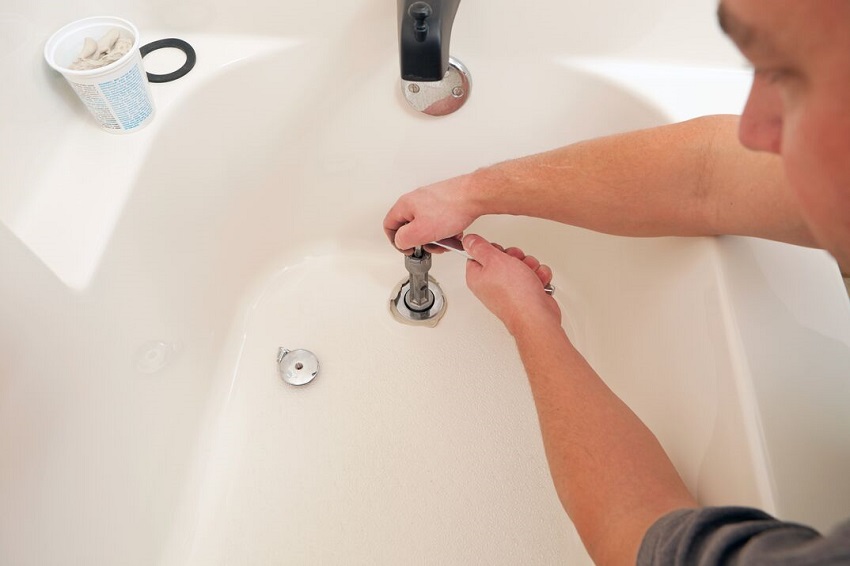Where Should a Bathtub Drain Be Placed?

When it comes to bathroom design and plumbing, the placement of a bathtub drain plays a crucial role in both functionality and aesthetics. The correct positioning of the drain ensures efficient water flow, prevents potential leaks, and contributes to an overall pleasant bathing experience. In this article, we will delve into the important considerations and best practices for determining the ideal location for a bathtub drain.
Understanding Drain Placement
The placement of a bathtub drain is determined during the installation process and depends on various factors such as the type of bathtub, bathroom layout, and local plumbing codes. It is crucial to balance accessibility and effective drainage to ensure a hassle-free bathing experience. When installing a bathtub, a professional plumber typically follows a tub drain diagram, which outlines the proper positioning and connections for the drain and associated plumbing components. This diagram serves as a guide to ensure that the drain functions efficiently and prevents any potential issues with water flow or clogging.
Factors to Consider
- Bathtub Type: Different types of bathtubs, such as freestanding, alcove, or drop-in, have varying drain requirements. The construction and design of the tub often influence the location of the drain.
- Bathroom Layout: The overall bathroom layout, including the position of other fixtures like toilets, sinks, and showers, can influence the optimal placement of the bathtub drain. Proper coordination between different elements is essential for a functional and visually pleasing bathroom design.
- Plumbing Considerations: Plumbing systems have specific requirements and regulations that dictate drain placement. Compliance with local plumbing codes is crucial to ensure safety, prevent leaks, and maintain proper wastewater disposal.
Ideal Drain Placement
To determine the ideal placement of a bathtub drain, several key considerations should be taken into account:
1. Structural Considerations
The structural integrity of the bathroom floor and walls should be evaluated before finalizing the drain placement. Factors such as joist locations, wall studs, and the position of existing plumbing lines can affect the feasibility of specific drain locations. It is essential to consult with a professional plumber or contractor to ensure the structural integrity remains intact during installation.
2. Comfort and Ergonomics
A bathtub should provide maximum comfort and relaxation. The placement of the drain should be chosen to optimize the available space while ensuring a comfortable seating or reclining position for the bather. The drain should not interfere with the user’s comfort or cause discomfort during bathing.
3. Water Flow Efficiency
Efficient water drainage is a crucial aspect of any bathtub. The location of the drain should allow for proper and swift water flow, preventing any pooling or stagnant water. This not only improves the overall functionality of the bathtub but also enhances hygiene by minimizing the risk of waterborne contaminants.
4. Accessibility for Maintenance
Considering future maintenance and repairs is essential when determining the drain placement. The access to the drain trap, overflow, and other components should be easily reachable for plumbers or homeowners. Ease of access ensures that routine maintenance tasks and potential repairs can be carried out without causing unnecessary disruptions or damage to the surrounding area.
Common Drain Placements
While the specific drain placement may vary depending on the factors mentioned above, some common locations are widely used in bathtub installations:
1. End of the Bathtub
Placing the drain at the end of the bathtub is a popular choice, particularly for alcove and drop-in tubs. This placement allows for efficient water drainage while keeping the plumbing lines hidden beneath the tub or within the walls. It also provides a balanced weight distribution, making the bathtub stable and sturdy.
2. Center of the Bathtub
In some cases, the drain is positioned at the center of the bathtub. This placement is often seen in freestanding tubs or those with unique designs. While it can create a visually striking focal point, it may require additional plumbing work, especially if the main waste line is located away from the center of the bathroom.
3. Corner Drain Placement
Corner drains are commonly used in corner bathtubs or when space is limited. Placing the drain in the corner maximizes the available bathing area and allows for a more ergonomic bathing experience. However, corner drains may require careful planning to ensure proper water flow and avoid any installation challenges.
Conclusion
The placement of a bathtub drain is a critical decision that affects both the functionality and aesthetics of a bathroom. Considering factors such as bathtub type, bathroom layout, plumbing requirements, and accessibility is crucial to determine the optimal drain location. By striking the right balance between these considerations, you can ensure efficient water flow, ease of maintenance, and an enjoyable bathing experience.







